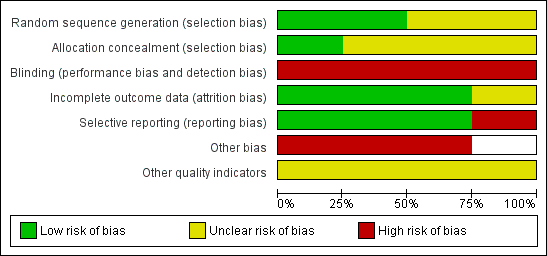Related content
Related reviews and protocols
Sharon R Lewis, Michael W Pritchard, Oliver J Schofield‐Robinson, David JW Evans, Phil Alderson, Andrew F Smith | 13 October 2018
Nicola J Mackintosh, Rachel E Davis, Abigail Easter, Hannah Rayment-Jones, Nick Sevdalis, Sophie Wilson, Mary Adams, Jane Sandall | 8 December 2020
Bridget Candy, Louise Jones, Robyn Drake, Baptiste Leurent, Michael King | 15 June 2011
Paul Kinnersley, Adrian GK Edwards, Kerry Hood, Naomi Cadbury, Rebecca Ryan, Hayley Prout, Diane Owen, Fergus MacBeth, Phyllis Butow, Christopher Butler | 18 July 2007
Anne Johnson, Jayne Sandford, Jessica Tyndall | 20 October 2003
Sophie Desroches, Annie Lapointe, Stéphane Ratté, Karine Gravel, France Légaré, Stéphane Turcotte | 28 February 2013
Rita Ranmal, Megan Prictor, J Tim Scott | 8 October 2008
Charlene J Treanor, Olinda Santin, Gillian Prue, Helen Coleman, Chris R Cardwell, Peter O'Halloran, Michael Donnelly | 17 June 2019
Alix Rolfe, Lucinda Cash‐Gibson, Josip Car, Aziz Sheikh, Brian McKinstry | 4 March 2014
Adrian GK Edwards, Gurudutt Naik, Harry Ahmed, Glyn J Elwyn, Timothy Pickles, Kerry Hood, Rebecca Playle | 28 February 2013













